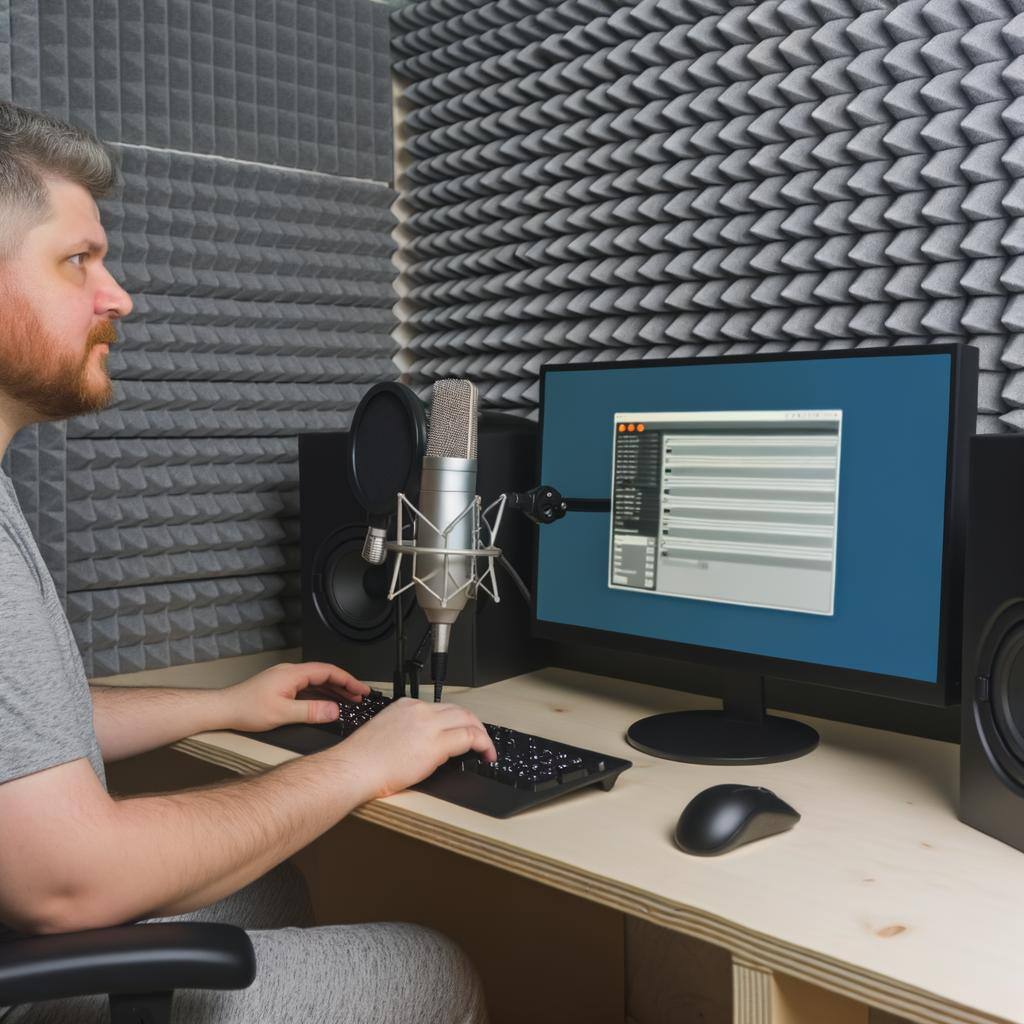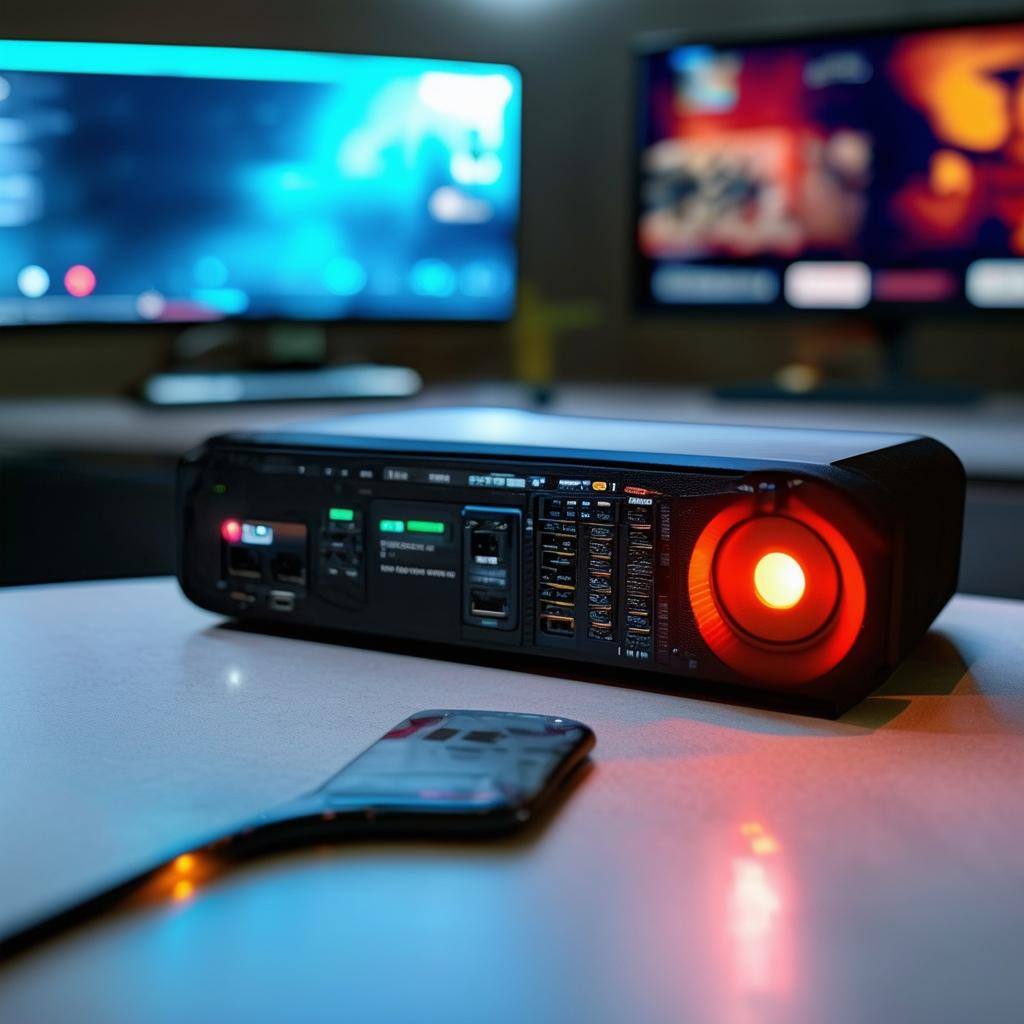Effective Marketing Strategies Using Recorded Computer Audio

In the old days, to keep up with the news, we had to pay attention to the radio and read paper gazettes. Now, the majority of people are using digital resources to listen to audiobooks, music, and podcasts. Why? Because it's convenient. You can listen to anything while doing your tasks.
But audio isn't only for getting information. Music, sounds, and voices are powerful marketing tools that influence consumer behavior. In this article, we’ll explain how audio recording can help you in your digital marketing strategies.
Audio marketing concept
Do you know how early you need to capture a people's attention? Just let them listen to something interesting. This is precisely what audio marketing does. And what are the main benefits?
- Growing popularity: According to the recent statistics, 78% of Americans listen to podcasts at least occasionally. The average listening time for podcasts is 5 hours a week.
- Simple perception: Sound advertising doesn't require any visual attention. Such content is quick to remember and doesn’t distract from the main activity.
- Emotional engagement: An audio clip played along with a favorite song evokes pleasant emotions and contributes to the perception of information.
- Easy creation: A relevant microphone and a high-quality audio or screen recorder for Mac, Windows, or Linux (depending on the OS you’re using) are enough to start making content.
- Guaranteed coverage: Even if you lock your phone, audio ads play. You will definitely hear sounds. In this way, users listen to ads that play between segments in an audiobook.
- Low competition: Only one commercial plays at a time. Audio advertising won’t compete with other messages in the information flow.
- Accessibility: Audio ads are available on any device with an internet connection. This makes it easy to reach a wider spectrum of users.
This is audio marketing: commercials, podcasts, audiobooks, even music. All this can attract customers' attention and, perhaps, bring them to purchase the product you are offering.
Pre-production for audio content creation
The way you record the computer audio will determine the success of your project. For people who learn best by listening, quality sound is key. So, having a worthy microphone isn’t enough; you need to focus on other aspects of recording, too.
To excel in audio marketing, it is essential to ensure your audio elements maintain superior quality. Using tools like speedy track mastering can significantly boost the overall listener experience by producing high-definition audio that stands out. Offering unlimited mastered tracks ensures that both content creators and brands have the flexibility to capture attention consistently.
-
Choose a microphone
With a relevant microphone, you can record your voice cleaner, without unnecessary noise or distortion.
- Dynamic mic. This is the best choice for noisy, musical, and conversational podcasts.
- Condenser mic. Excellent for transmitting rich, detailed vocals.
- Buttonhole mic. Ideal for mobile interviews, it doesn’t interfere with movement.
-
Eliminate reverberation and echo
Reverberation and echo are the wall reflections of your voice, which create an unpleasant “ringing” feeling. You should remove them to sound smooth and clear.
- Echo. Use sound-absorbing materials, such as carpets and acoustic panels, to create a cleaner recording.
- Reverberation. Minimize sound-reflective surfaces to improve quality.
-
Find the recording tools
As we’ve already mentioned above, you can use an audio or screen recorder on any OS to edit and save your projects in high quality. Not only that, but you can remove unnecessary sounds, adjust the volume, and add effects.
- Audio capture. With special tools, you can record computer audio from microphones, external devices, and even the one from the system itself.
- Sound quality settings. Improve the quality of your recordings using the best screen recording software by balancing the volume, setting the sample rate, and adjusting the bit depth for crisp, clear sound.
-
Learn how to mix sounds
It makes the audio more attractive by balancing levels, panning, and adding effects.
- Balancing the levels. Each sound should be clear and distinct, without one overpowering the others.
- Pan. Distribute the sound into the right and left channels to create a realistic sound space.
- Special effects. Use tools like reverb and equalizer to add depth, emphasize the desired frequencies, and correct the volume.
-
Study file formats and compress files
Choose the right format so that your recording doesn’t take up too much space but, at the same time, sounds high-quality.
- Converting files. Use popular formats for storing audio files like MP3, WAV, and AAC.
- Compression. This option reduces the file size but may affect the sound quality.
- Quality/size balance. For streaming, compress files so that they load quickly but maintain acceptable quality.
Take the time to get to grips with these aspects. You'll be able to create professional-sounding audio using relevant software. It captivates listeners and helps you convey your message effectively in any content.
Different audio marketing strategies to try
1. Make podcasts
Podcasts have become one of the latest trends. Now you can either screen record a video or make an audio-only one. They let you dive into relevant topics and learn new stuff. But it’s not just the words, the sound itself is essential.
- Host-read sponsorships: These ads feel more natural and engaging, often leading to higher listener engagement with the product or service.
- Pre-recorded: These ads are typically 15–30 seconds long with a voice-over artist and can target specific audiences based on various factors.
- Branded content: This is a more integrated form of advertising where brands sponsor segments, episodes, or even entire podcasts that align with the podcast’s content and audience.
2. Use streaming services
Services like Spotify and YouTube Music are everywhere these days. It’s a direct strategy to reach a huge group of people.
- Targeting by interests: You can tailor ads to specific groups of people, so your message is more likely to resonate.
- Subscriptions: People pay for premium versions of these services so they can skip ads. This makes advertising even more valuable for those who haven’t signed up yet.
3. Implement sound logos
A sound logo, or identifier, is a short bit of music or the sound of audio branding.
- Recognizability: It’s like a sonic fingerprint. You hear it and instantly recognize the brand.
- Emotions: Sounds can create feelings, making the connection between a brand and its audience stronger.
- Positioning: A well-chosen sound logo can tell people a lot about one’s brand personality and values.
4. Try text-to-speech conversion
Text to speech technology can transform written text into spoken words. So, you can use a computer or a device to read out loud any text that you input:
- Audiobooks: Online learning businesses can create more content with this “read-aloud” technology. For example, it can be e-books and PDFs, making learning more convenient for different types of students.
- Educational podcasts: Try to create a podcast with TTS. It’s a great way to make educational content more accessible for students and other learners.
- Blogs and articles: It makes content available for people who prefer listening to content, increasing reach and brand awareness.
5. Do audio advertising
Audio advertising is a way to get through to people without being too pushy. It’s different from those flashing ads or banners that try to grab your attention.
- Efficiency: Research shows that audio advertising is really effective. Judging by the latest news, 55% of listeners purchased the product after hearing ads on a podcast.
- Soft integration: Audio ads are like whispers in the background, blending in with the music or other content. They don’t interrupt what you’re doing.
- Easy to remember: Sound is superb at sticking in your head, especially if it’s well-done. A strong audio ad can linger in your mind.
Is audio marketing right for your business?
With audio, you can attract customers' attention in different ways: make commercials, launch a series of broadcasts, or create a podcast.
An important point to consider is everything depends on your goals and strategy. For example, you can make a short commercial that will quickly inform people about your products. You can also launch a podcast that will help listeners get to know you better and become regular customers.
But creating high-quality audio content, such as podcasts or audiobooks, takes time and effort. This isn’t a way to make quick money, but rather an investment in long-term customer relationships.
Related Posts
Join the movement.
Your Entourage journey starts here. Join Australia's largest community of over 500,000 business owners and entrepreneurs, and receive instant access to exclusive content and updates delivered straight to your inbox.



